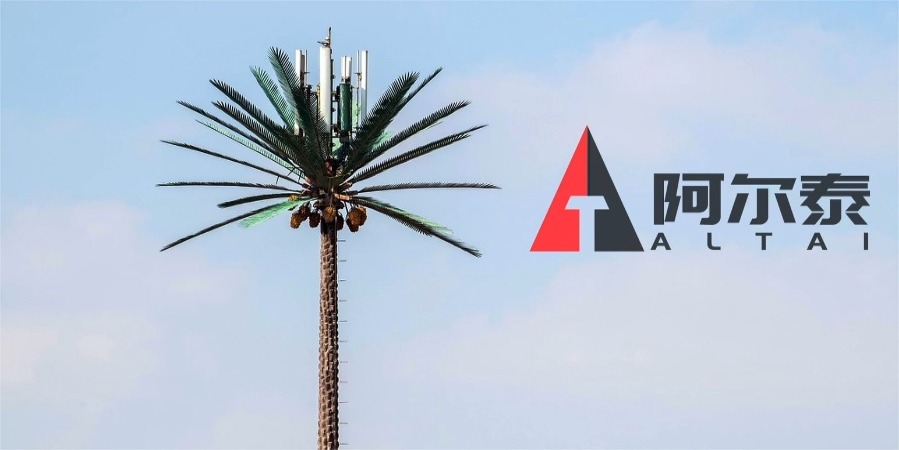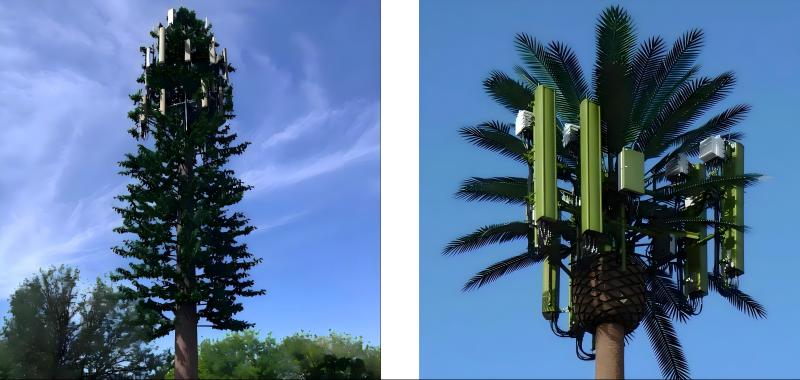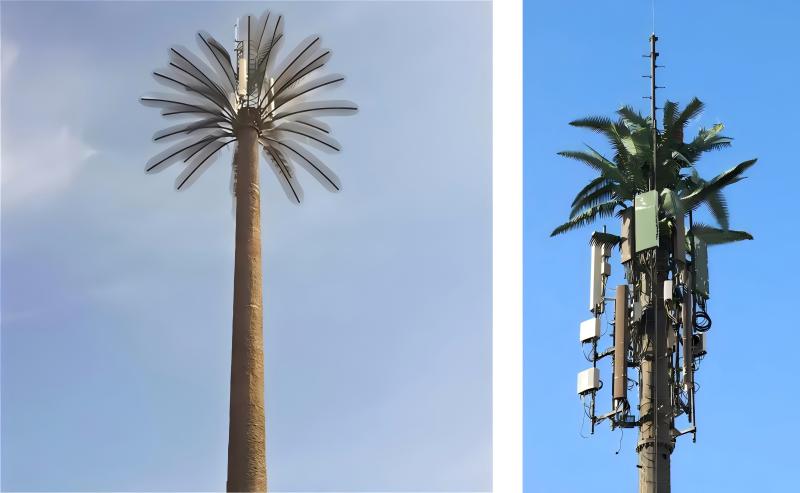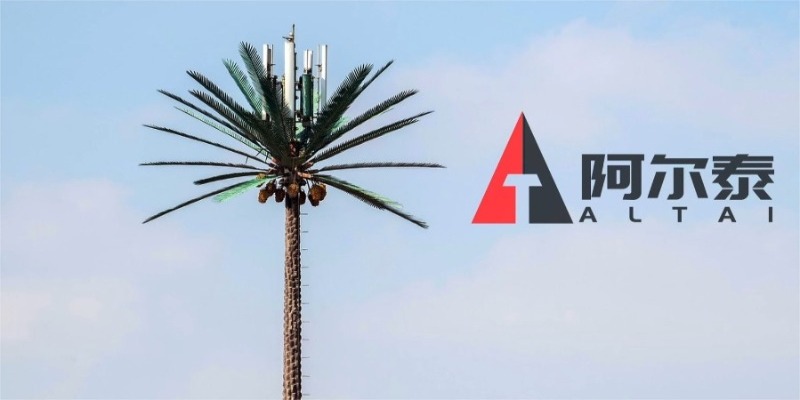- Designing the antenna load on a telecom palm tree tower involves analyzing the structural capacity of the tower to support the antennas, transmitters, and associated equipment mounted on it. Here is an overview of the analysis involved in the antenna load design for a telecom palm tree tower:
- Antenna Load Analysis for Telecom Palm Tree Tower:
-
Antenna Weight Calculation:
- Determine the total weight of the antennas, transmitters, coaxial cables, and other equipment that will be mounted on the tower.
- Consider the weight distribution across the tower and the specific loads imposed by each component.
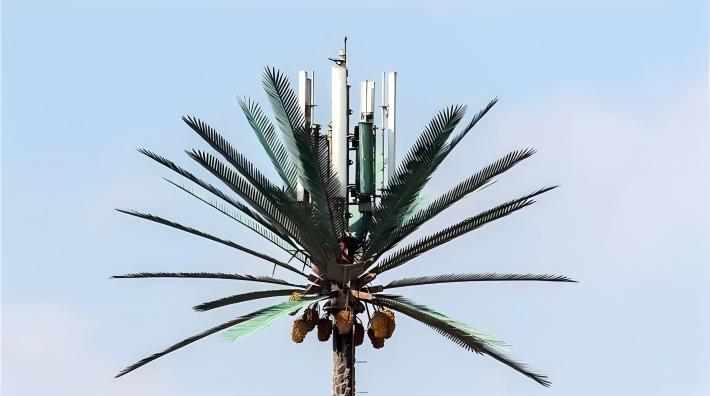
-
Wind Load Calculation:
- Calculate the wind loads that the antennas and other equipment will be subjected to based on the local wind conditions, exposure category, and terrain characteristics.
- Use appropriate wind load standards and formulas to determine the wind force acting on the tower and its components.
-
Ice Load Consideration:
- If the tower is located in a region prone to icing conditions, account for the additional load imposed by ice accumulation on the antennas and equipment.
- Determine the expected ice thickness and density to calculate the ice load on the tower accurately.
-
Dynamic Load Analysis:
- Consider dynamic loads such as vibrations, oscillations, and resonant frequencies that may affect the tower structure due to the presence of antennas and moving equipment.
- Evaluate the impact of dynamic loads on the tower's stability and structural integrity.
-
Structural Analysis:
- Perform a structural analysis of the palm tree tower to assess its capacity to withstand the calculated antenna loads, wind forces, and other environmental factors.
- Check the tower's members, connections, and foundation for stresses, deflections, and buckling under load.
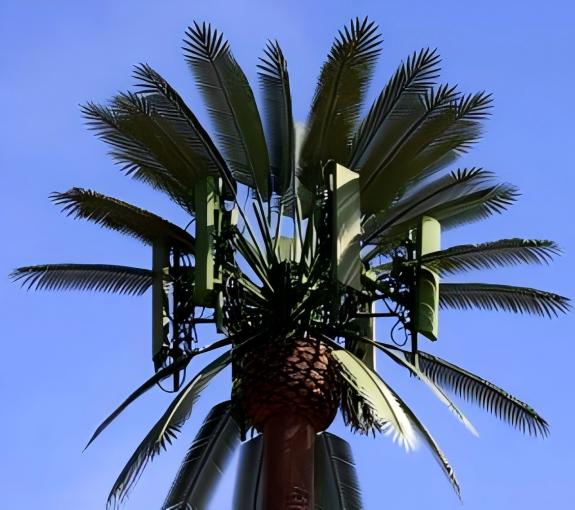
-
Load Distribution:
- Ensure that the antenna loads are distributed evenly across the tower structure to prevent localized stress concentrations and potential structural failures.
- Design mounting brackets, support arms, and other components to distribute the loads effectively.
-
Safety Factors:
- Apply appropriate safety factors to the calculated loads to account for uncertainties, variations in loading conditions, material properties, and other factors.
- Ensure that the tower design provides a sufficient margin of safety to prevent overloading and structural failure.
-
Compliance with Standards:
- Verify that the antenna load design complies with relevant industry standards, building codes, and engineering guidelines to ensure the structural integrity and safety of the tower.
- By conducting a thorough analysis of the antenna loads on the telecom palm tree tower, engineers can ensure that the tower is designed to safely and efficiently support the antennas and associated equipment, withstand environmental forces, and meet the performance requirements for reliable telecommunications operations.
Learn more at www.alttower.com
